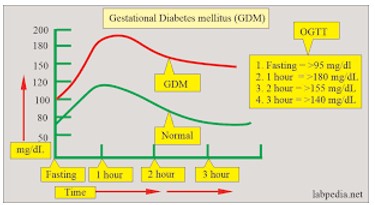An older woman who has difficulty hearing is being discharged from day surgery following a cataract extraction and lens implantation. Which intervention is most important for the nurse to implement to help ensure the client's compliance with self-care?
Have the client vocalize the instructions provided.
Provide written instructions for eye drop administration.
Speak clearly and face the client for lip reading.
Ensure that someone will stay with the client for 24 hours.
The Correct Answer is A
The correct answer is choice A.
Choice A rationale:
Having the client vocalize the instructions provided ensures that they have understood the information correctly. This method allows the nurse to confirm comprehension and clarify any misunderstandings.
Choice B rationale:
Providing written instructions for eye drop administration is helpful but does not ensure that the client understands the instructions. It is a good supplementary measure but should not be the sole method of communication.
Choice C rationale:
Speaking clearly and facing the client for lip reading is important, especially for clients with hearing impairments. However, it does not guarantee that the client has understood the instructions.
Choice D rationale:
Ensuring that someone will stay with the client for 24 hours is a good safety measure but does not directly address the client’s understanding of the discharge instructions.
Nursing Test Bank
Naxlex Comprehensive Predictor Exams
Related Questions
Correct Answer is A
Explanation
Tracheostomy care is done to keep the trach tube clean and prevent infections.It involves suctioning and cleaning parts of the tube and the skin around the stoma. A code blue is a hospital emergency code that indicates a life-threatening situation, such as cardiac or respiratory arrest.It requires immediate attention from trained personnel.
- Call for an assistant to stay with the client who is receiving tracheostomy care and continue the procedure.
- Respond to the code blue and assist with resuscitation efforts for the other client.
- Return to the client who is receiving tracheostomy care as soon as possible and complete the procedure.
Therefore, the correct answer isa. Call for an assistant.
Correct Answer is ["A","B","C"]
Explanation
Her fasting 1-hour glucose screening level, which was done 1 week prior, is 164 mg/dl. (9.1 mmol/L) Her 3-hour oral glucose tolerance test results reveal a fasting blood sugar of 168 (9.3 mmol/L) and a two-hour postprandial of 220 mg/dL (12.2 mmol/L).
The client has gestational diabetes mellitus (GDM), which is a condition that affects some pregnant women and causes high blood sugar levels. This is bad during pregnancy because it can increase the risk of complications for both the mother and the baby, such as preeclampsia, macrosomia, birth trauma, neonatal hypoglycemia, and congenital anomalies. The client needs to follow a diet and exercise plan to control her blood sugar levels and prevent further complications. She may also need to take insulin injections or oral medications if diet and exercise are not enough. The client should monitor her blood sugar levels regularly and report any abnormal results to her health care provider. The client should also have regular prenatal visits and ultrasounds to check the growth and development of the baby.

Whether you are a student looking to ace your exams or a practicing nurse seeking to enhance your expertise , our nursing education contents will empower you with the confidence and competence to make a difference in the lives of patients and become a respected leader in the healthcare field.
Visit Naxlex, invest in your future and unlock endless possibilities with our unparalleled nursing education contents today
Report Wrong Answer on the Current Question
Do you disagree with the answer? If yes, what is your expected answer? Explain.
Kindly be descriptive with the issue you are facing.
